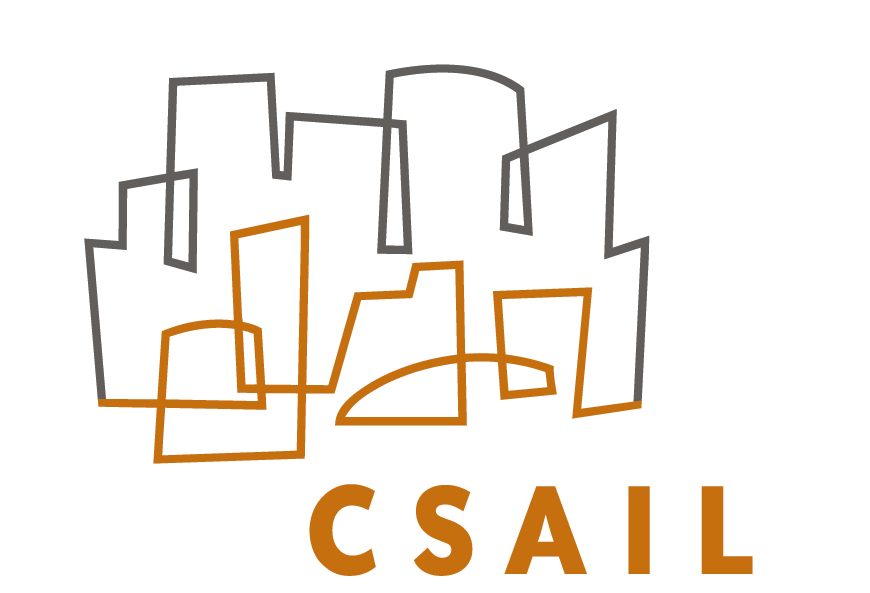


If you are interested in any of these projects and are a current MIT student looking for a UROP or MEng please reach out to the mentor listed next to project.
A large list of projects in scientific machine learning can be found here. Take that list as a set of ideas from which larger projects can be chosen.
Mentor: Julian Samaroo
Implement support for various ROCm libraries: rocSOLVER, rocSPARSE, MIOpen, etc.
Build ROCm libraries as JLLs
Explore integration with ROCm debugging and profiling tooling
Enzyme.jl is the Julia frontend to the Enzyme automatic-differentiation engine.
Improved JIT compilation for Enzyme
Compile on Demand / Parallel JIT
Caching of Enzyme AD results
Caching of inference results for reducing inital latency
Improvements to Julia integration with native debuggers and profilers
Better native debug-information (DWARF)
Pretty-printers for GDB
Debug-information on demand
Exploring profile-guided optimization
Graphics Processing Units (GPUs) are efficient computational devices for a variety of tasks, including gaming, AI, and large scale scientific computation. We are looking for an undergraduate student to help develop a performant molecular dynamics engine in Julia that works on the GPU. The student will have their choice to focus on software abstractions for the entire JuliaGPU ecosystem, machine learning and it's interface with physics, or methods to improve communication between atoms. This project will provide the student with key software development experience in Julia, GPU computing, supercomputing, etc.
Contact: James Schloss (jars AT mit DOT edu)
Feasibility study on reducing the size of an a-HfO2 dataset using a parallel method based on HDBSCAN and ACE. A parallel Julia implementation of a state of the art method will be required as well as the proposal of an improved version aligned to CESMIX objectives. Description here. Contact: Emmanuel Lujan (eljn AT mit DOT edu)
One of the main challenges of atomistic simulations is the acceleration of force calculations. Machine learning potentials promise the accuracy of first-principles methods at a lower computational cost. Simplifying the creation of these potentials (composed of data, descriptors and learning methods) enables systematizing the search for those combinations that exceed the accuracy and performance of the state of the art. This requires the development of new software abstractions and parallel tools. A more detailed description of the project can be found here. Contact: Emmanuel Lujan (eljn AT mit DOT edu).
Mentor: Evelyne Ringoot
We have a number of UROP projects in the implementation of matrix decompositions for GPUs in Julia Language. No experience needed, only an interest in numerical linear algebra, a desire to learn Julia and to contribute to the development of the next-generation GPU/HPC algorithms. Please contact Evelyne Ringoot before September 10 if interested.
Mentor: Rabab Alomairy and Evelyne Ringoot
We are looking to migrate some of the CoreBLAS PLASMA matrix operation routines (https://icl.utk.edu/plasma/docs/index.html and https://github.com/Rabab53/CoreBlas) to Julia-native version, in order to create efficient linear algebra HPC routines. Preference for students with experience in numerical linear algebra and coding in C and who are looking to get more programming experience, please reach out to Evelyne Ringoot and Rabab Alomairy if interested.
In 1990 Trefethen and Schreiber produced an influential paper on the average case stability of Gaussian elimination with partial and complete pivoting: paper link. In Eq. (6.2) and Figure 6.2 they suggest (with a clear caveat) that the growth is n^(2/3) and n^(1/2). Some years later I histogrammed some values of n maybe 1000, 2000, and 4000 (I'd have to dig it up – buried in my files), and perhaps I histogrammed g/n^(1/2) or g/n^(2/3) and found one lined up nice and the other did not. See what you can find.
Over the years people have said that an LAPACK rewritten in Julia could have more interesting properties, and also have a smaller codebase if done carefully. Find something in Generic Linear Algebra.jl that is not there currently and add to it, and check that it runs at least as fast as original LAPACK, but perhaps works on quaternions, or funny number fields, or matrices of matrices etc., and that you can run autodiff on these constructs.